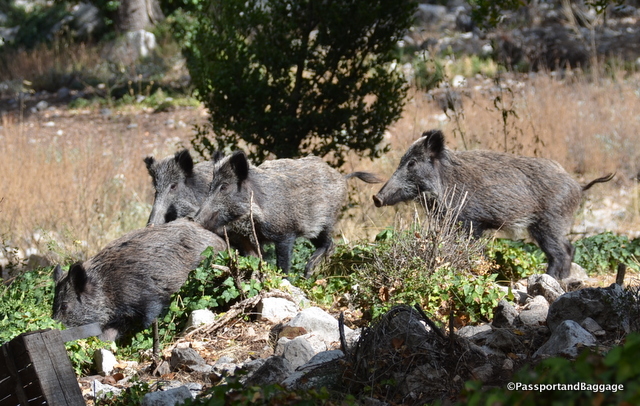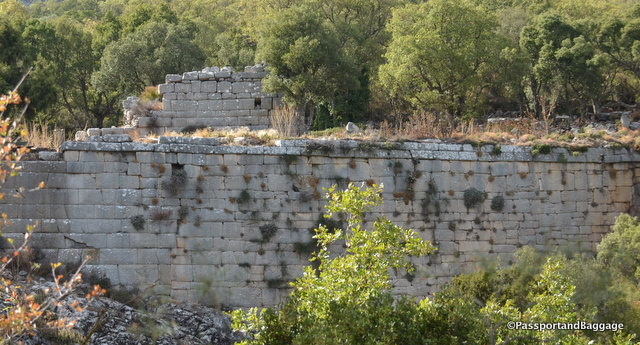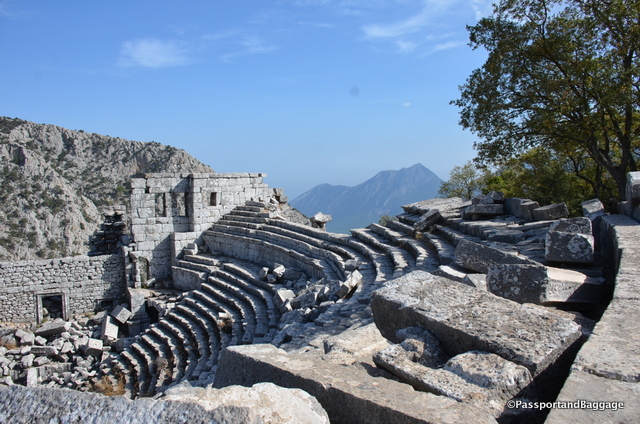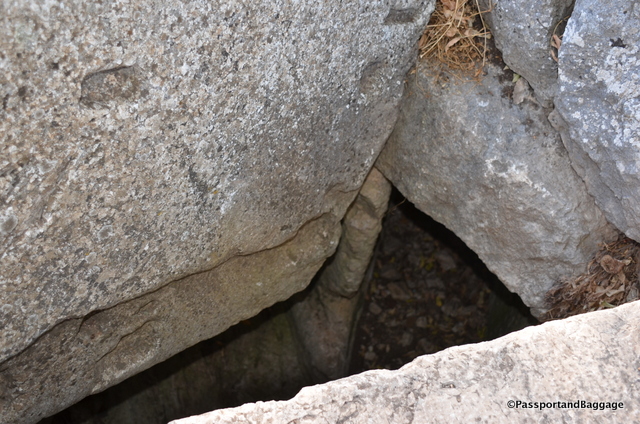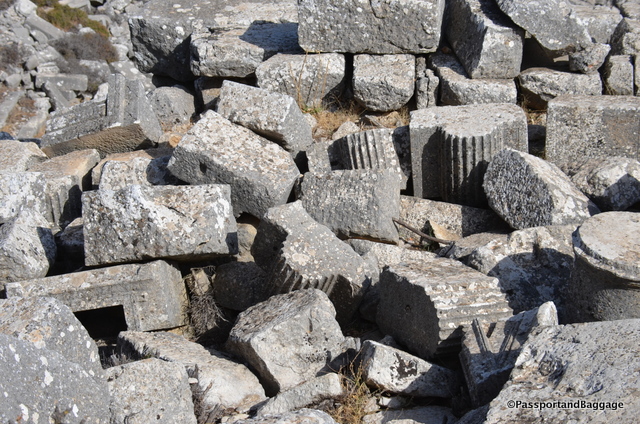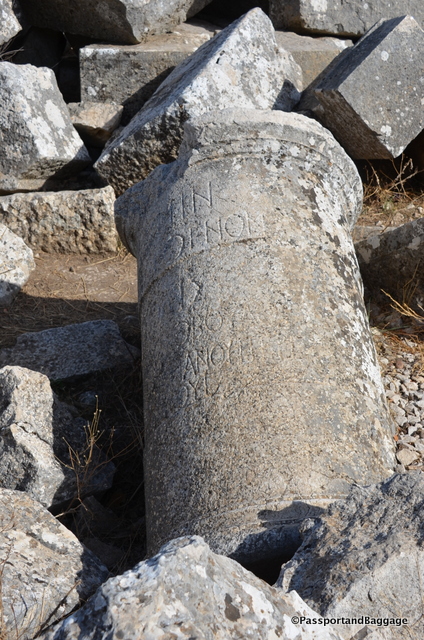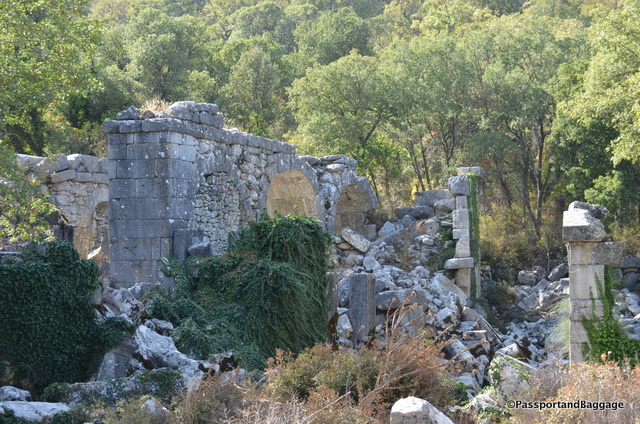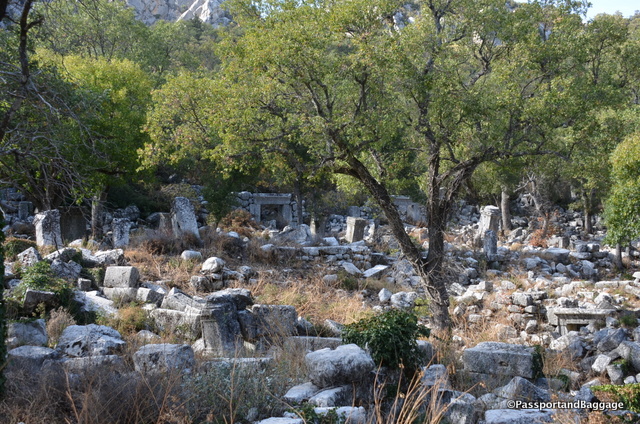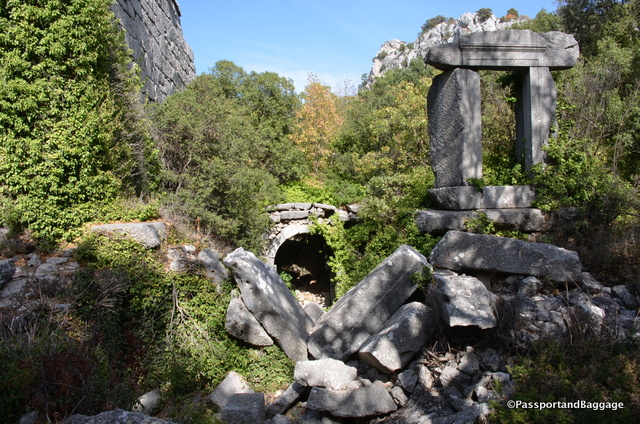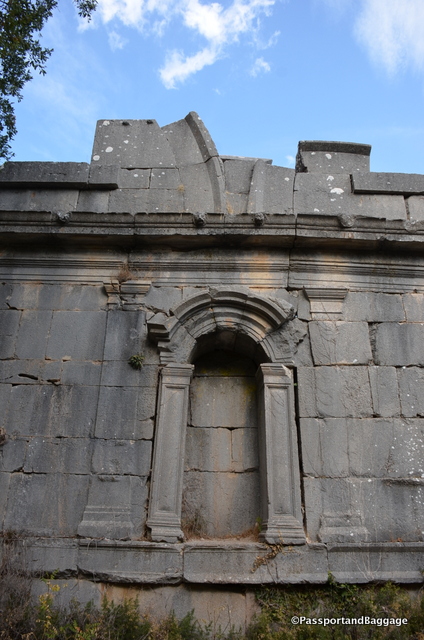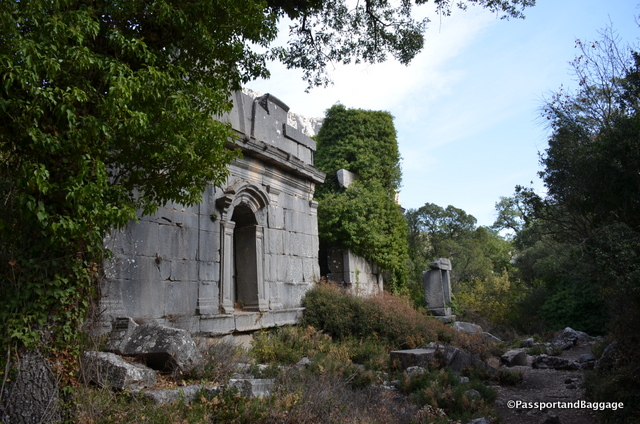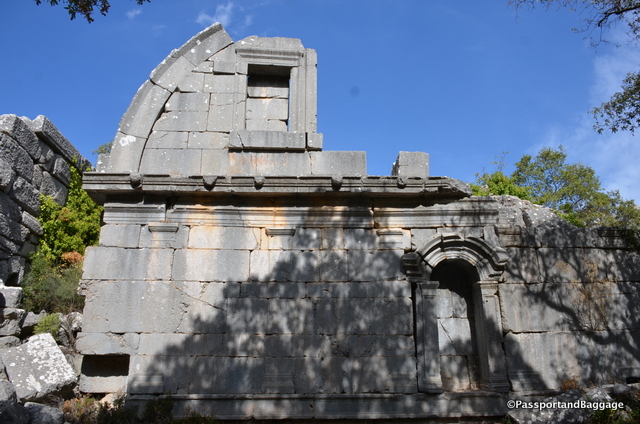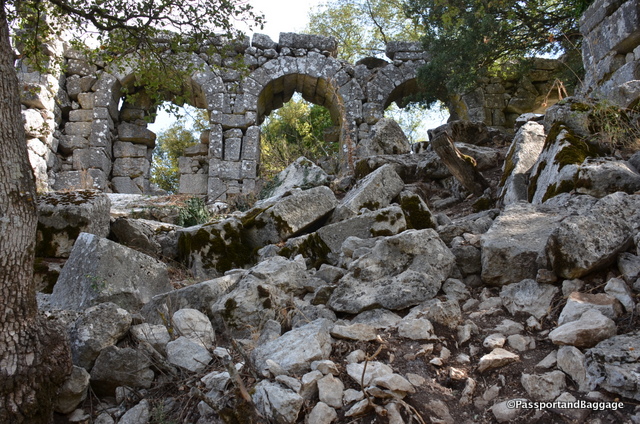October 12, 2016
Termessos was built at an altitude of more than ½ mile up Solymos Mountain in the Taurus Mountain Range of Turkey. It sits in Mount Güllük-Termessos National Park. You are able to drive up a little ways, but the rest must be seen after quite a steep walk. It is well preserved, simply by its remote location, and is a wonder to just walk through, unlike any other ancient site on the Mediterranean.
The first time that Termessos appeared in literature was in the Iliad by Homer. He mentions that the mythical founder of the city is Bellerophon.
Bellerophon is a hero of Greek mythology. He was “the greatest hero and slayer of monsters, alongside Cadmus and Perseus, before the days of Heracles”, and his greatest feat was killing the Chimera, a monster that Homer depicted with a lion’s head, a goat’s body, and a serpent’s tail: “her breath came out in terrible blasts of burning flame.”
Bellerophon managed to force the residents of Termessos to surrender by flying over the mountains on Pegasus and throwing stones at the rebels.
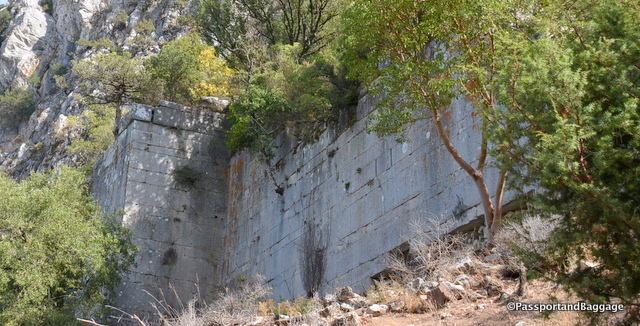 According to Strabo, the inhabitants of Termessos called themselves the Solymi and were a Pisidian people. Pisidia was a region of ancient Asia Minor corresponding roughly to the modern-day province of Antalya in Turkey.
According to Strabo, the inhabitants of Termessos called themselves the Solymi and were a Pisidian people. Pisidia was a region of ancient Asia Minor corresponding roughly to the modern-day province of Antalya in Turkey.
The name derived from Solymeus, an Anatolian god who in later times became identified with Zeus, giving rise to the cult of Zeus Solymeus (Solim in Turkish). This is evidenced by the coins minted in Termessos with the image of the deity and his name.
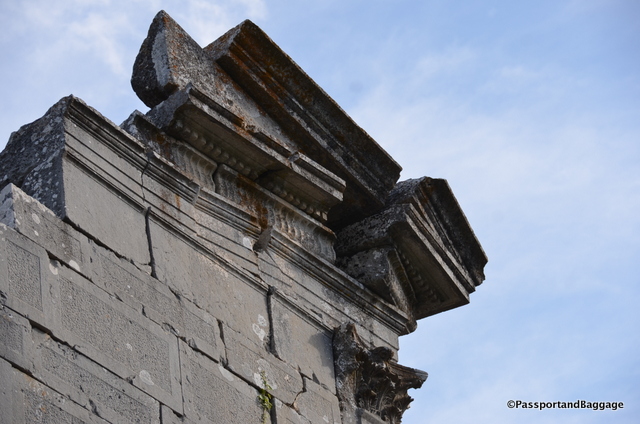
An obviously restored portion of a wall, that gives you a sense of the magnificence of the buildings
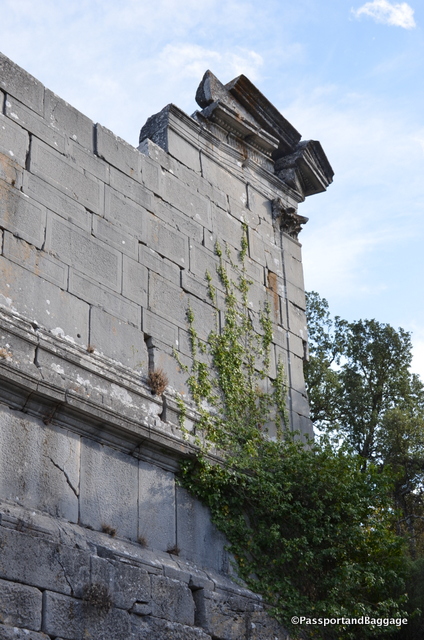 The first historical mention of Termessos dates back to 334 BC. In this time Alexander the Great arrived in the area with a plan to capture Termessos. However, his failed attempts to conquer the Eagle’s Nest, the name given it by Alexander, turned out to be a rather long and complicated story.
The first historical mention of Termessos dates back to 334 BC. In this time Alexander the Great arrived in the area with a plan to capture Termessos. However, his failed attempts to conquer the Eagle’s Nest, the name given it by Alexander, turned out to be a rather long and complicated story.
Termessos had a very substantial aqueduct and cistern system, it is theorized that the end of this site occurred after a large earthquake damaged the aqueduct, the year of the destruction is not known. The remnants of what must have been a very violent earthquake can be found by observing the state of the site itself, everywhere are broken columns and walls lying around untouched.
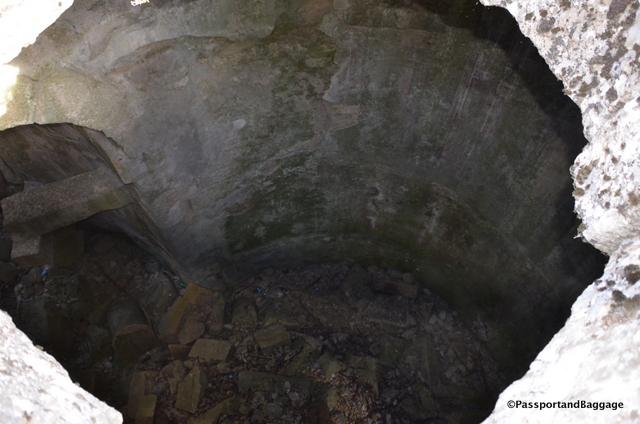
There was a system of 5 large cisterns. This is looking down into one. Knowing that they will have filled with soil over the years, the original depth is just unimaginable
Only surface surveys of the site have been conducted so not much has been learned, even in modern times. In the first half of the 19th century first Europeans, Thomas Abel Brimage Spratt, and Edward Forbes arrived at the site and described their findings in the book “Travels in Lycia”, published in 1847. Charles Fellows, the British archaeologist, also visited Termessos. The results of these first travels were descriptions of the preserved buildings and first plans of the ancient city.
In the 1880s, Termessos was repeatedly visited by the Polish researcher Karol Lanckoroński, who wrote: ”Of all the cities of Pisidia which we have visited, Termessos has the most peculiar and the greatest position: it is, at the same time, a watchtower commanding a distant view and nest buried deeply in a valley, surrounded by a ring of mountains. If its inhabitants indulged in brigandage, they could not find a better hiding place than in this eagle’s nest.”
While I was standing in this magnificent spot, I thought I would just tell the story with photos. Sadly, when I downloaded the photos to the computer I realized the awe-inspiring magnificence of this area just cannot be captured in photos. Here is an example, but a visit is the only way to realize the wonder of this spot.
*
